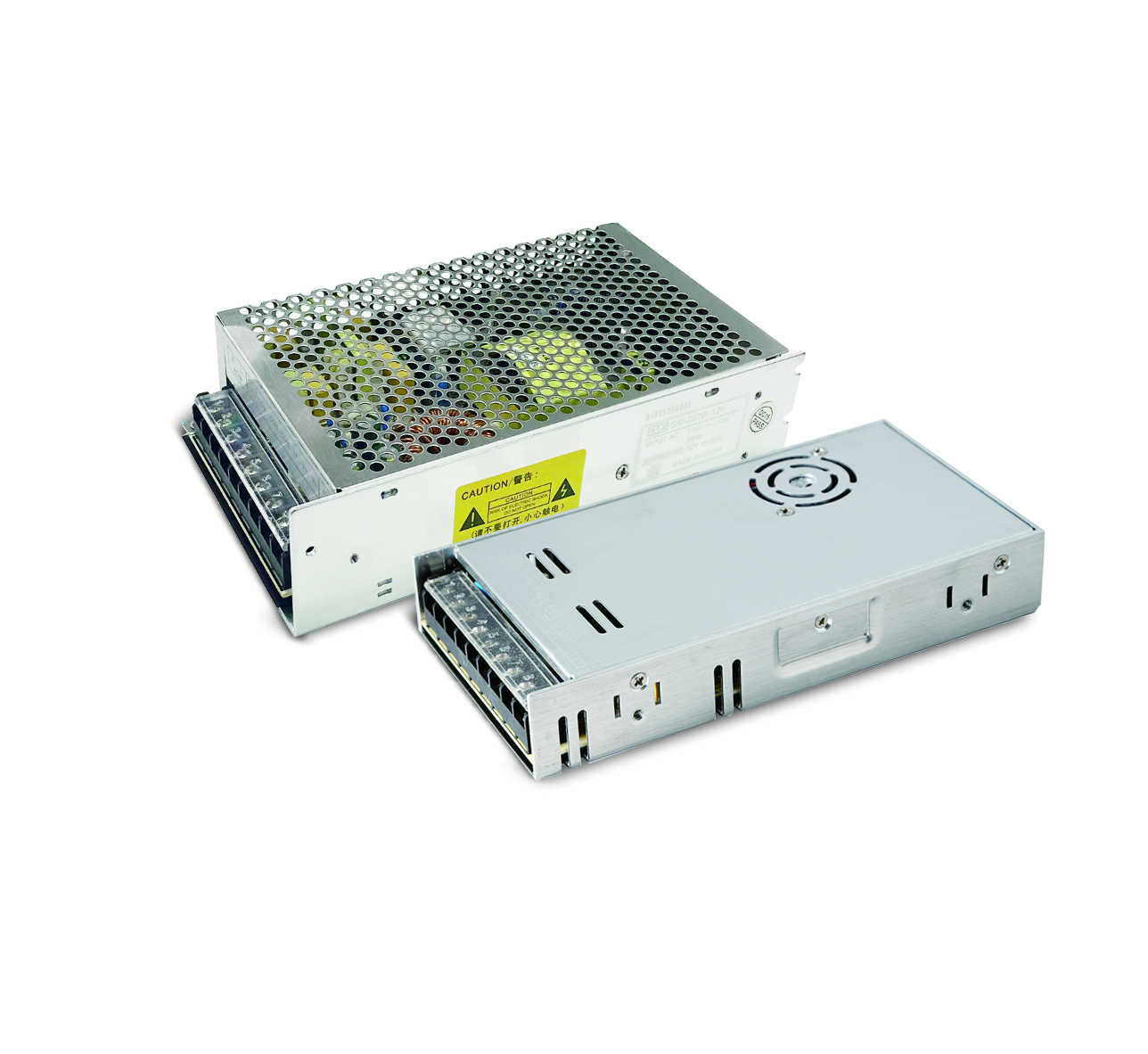How to Choose the Right Power Supply for Your Application?

Choosing the right power supply is a critical decision that can significantly impact the performance, reliability, and longevity of your electronic devices. Whether you're powering a computer, industrial equipment, or consumer electronics, selecting the correct power supply involves several key considerations. This article provides a guide to help you navigate the process and make an informed decision.
1. Determine Your Power Requirements
The first step in selecting a power supply is to determine the power requirements of your application. This involves understanding the voltage, current, and power rating needed for optimal performance. Most electronic devices have these specifications listed on their labels or in their user manuals.
Voltage: Ensure the power supply can provide the required voltage.
Current: Check that the power supply can deliver the necessary current.
Power Rating: Calculate the total wattage needed by summing the power requirements of all components.
2. Consider the Input Voltage Range
The input voltage range is crucial, especially if your application will be used in environments with varying power conditions. Ensure the power supply can handle the voltage fluctuations that may occur. This helps prevent potential issues such as shutdowns or damage to the power supply and connected devices.
3. Calculate the Output Power Requirements
It's essential to ensure that the power supply can deliver enough power to your application. This includes considering both continuous power requirements and any peak power demands. Choose a power supply that can handle the maximum power requirements without overloading or compromising performance.
4. Evaluate Efficiency and Thermal Management
Efficiency is a key factor in selecting a power supply. Higher efficiency means less power wasted as heat, resulting in better performance and lower energy consumption. Look for power supplies with high-efficiency ratings, such as those with Energy Star or 80 PLUS certifications.
Thermal management is equally important. Power supplies generate heat during operation, and proper heat dissipation is necessary to ensure longevity and reliability. Select a power supply with adequate thermal management features, such as heat sinks or fans, to prevent overheating.
5. Assess the Form Factor and Mounting Options
The form factor and mounting options are important considerations, especially if space is limited. Ensure that the power supply can physically fit within the available space and can be securely mounted. Consider the dimensions, weight, and mounting mechanism to ensure compatibility with your application.
6. Check for Safety and Regulatory Certifications
Safety is paramount when choosing a power supply. Look for units that comply with industry safety standards and have undergone rigorous testing and certification. Common certifications include UL, CE, and FCC compliance. Ensuring that the power supply meets these standards will provide peace of mind and ensure the safety of your application.
7. Consider the Type of Power Supply
There are several types of power supplies, each with its benefits and applications:
Linear Power Supplies: Simple and reliable but less efficient.
Switching Power Supplies: More efficient but can be noisier due to high-frequency switching.
Battery-Based Power Supplies: Portable but may require frequent recharging.
8. Evaluate Protection Features
Protection features are critical for safeguarding both the power supply and the connected devices. Look for power supplies with built-in protection mechanisms such as:
Overcurrent Protection (OCP): Shut down the power supply if excessive current is detected.
Overvoltage Protection (OVP): Shut down the power supply if the voltage exceeds a certain limit.
Short-Circuit Protection: Prevents damage in case of a short circuit.
9. Check Voltage Regulation and Ripple
Voltage regulation refers to the power supply's ability to maintain a constant output voltage under varying load conditions. Devices with sensitive electronic components require a consistent and reliable power source. Look for power supplies with strong voltage regulation to avoid fluctuations that could damage your equipment.
Ripple and noise refer to unwanted variations or interference in the output voltage. Power supplies with low noise and ripple levels are ideal for applications requiring precise and stable power, such as audio, video, and measurement devices.
10. Review Customer Feedback and Brand Reputation
Always consider the reputation of the power supply manufacturer. Read customer reviews and feedback to gauge the product's reliability and performance. A reputable brand with positive feedback is more likely to provide a high-quality power supply. As a DC/AC adapter manufacturer for the global market, GVE offers power supplies and industrial power solutions, serving fortune 500 companies. We can be your ideal choice.
Conclusion
Selecting the right power supply for your application is a critical decision that should not be taken lightly. By considering factors such as power requirements, input voltage range, output power, efficiency, thermal management, form factor, safety certifications, protection features, voltage regulation, and brand reputation, you can ensure the best performance and longevity for your electronic devices. Taking the time to make an informed decision will pay off in the long run, providing reliable and efficient power for your application.
